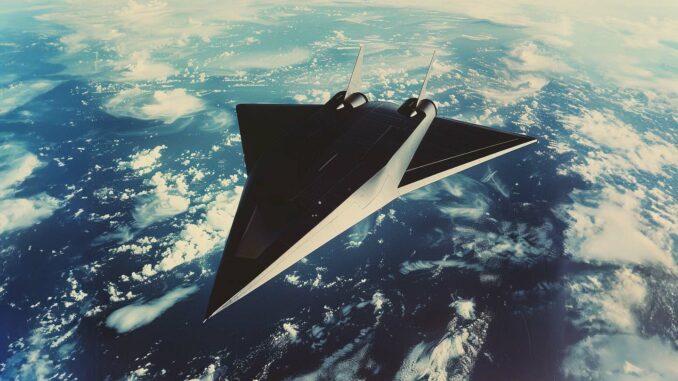
Technologies to harden electronic components for hypersonic flight are ready, promising a revolution in aeronautics.
Technological advances in hypersonic flight, defined as the ability to fly at speeds greater than five times the speed of sound, are a priority for the Pentagon, as it seeks to compete with similar developments in Russia and China. This quest for superiority in high-speed flight is not new: it began more than six decades ago with the historic flight of the X-15, which reached Mach 5.27 in 1961. Since then, the USA has accumulated considerable experience and developed advanced technologies, particularly in thermal management and protection of electronic components under extreme conditions.
Hardening components for hypersonic flight
In the context of hypersonic flight, characterized by speeds in excess of Mach 5, electronic components are subjected to extreme thermal stress due to atmospheric friction. To overcome these conditions, a range of hardening technologies has been developed. Microprocessors, graphics processing units (GPGPUs), field-programmable gate arrays (FPGAs), power control and conditioning systems, as well as solid-state memory, have been adapted to operate reliably under these stresses. Thermal management methods applied to protect these critical components include conduction cooling, where heat is transferred directly to a heat sink, and convection, which uses a fluid (air or liquid) to remove heat. For more demanding applications, liquid cooling, involving the circulation of a coolant directly in contact with the components, is employed to effectively lower temperatures and ensure that thermal design parameters are maintained.
Technology integration: today’s challenge
Technology integration for hypersonic systems relies on a complex synergy between various electronic and thermal management solutions. Integrators need to assemble electronic components that can withstand extreme conditions, while ensuring that they are efficiently cooled to prevent critical temperature thresholds from being exceeded.
This is essential to maintain reliability and in-flight performance at speeds in excess of Mach 5. In addition, advanced sensing systems are needed to monitor the condition of components in real time, enabling dynamic regulation of performance in the event of any risk of overheating. Component packaging also plays a crucial role, insulating them from environmental impacts such as shock, vibration and thermal variations, thus guaranteeing their operational integrity under the most severe conditions. This integrated approach is essential for the successful development of high-performance hypersonic aircraft and munitions.

Lessons learned from decades of research
The longevity of U.S. research into hypersonic flight is remarkable, offering many technological lessons ranging from aircraft propulsion and lifting body design to electronics capable of operating in environmental extremes such as temperature, shock and vibration. These lessons are crucial for developing navigation, guidance, situational awareness, synchronization, targeting and other capabilities for the next generation of hypersonic munitions and aircraft.
Towards the future of hypersonic munitions and aircraft
The future of hypersonic munitions and aircraft lies in the ability to effectively integrate today’s electronic, packaging and thermal management technologies. This integration ensures the realization of weapons and aircraft capable of overcoming the challenges inherent in flying at extreme speeds. With the advances already made and the experience accumulated, the United States is well positioned to continue to lead in the hypersonic arms race, paving the way for new military capabilities and air superiority in the years to come.
Although hypersonic flight is not new, recent developments and the integration of existing technologies promise to transform the aerospace and defense landscape. The next steps will be to refine these technological integrations and continue to innovate to maintain strategic advantage in an increasingly competitive field.
War Wings Daily is an independant magazine.